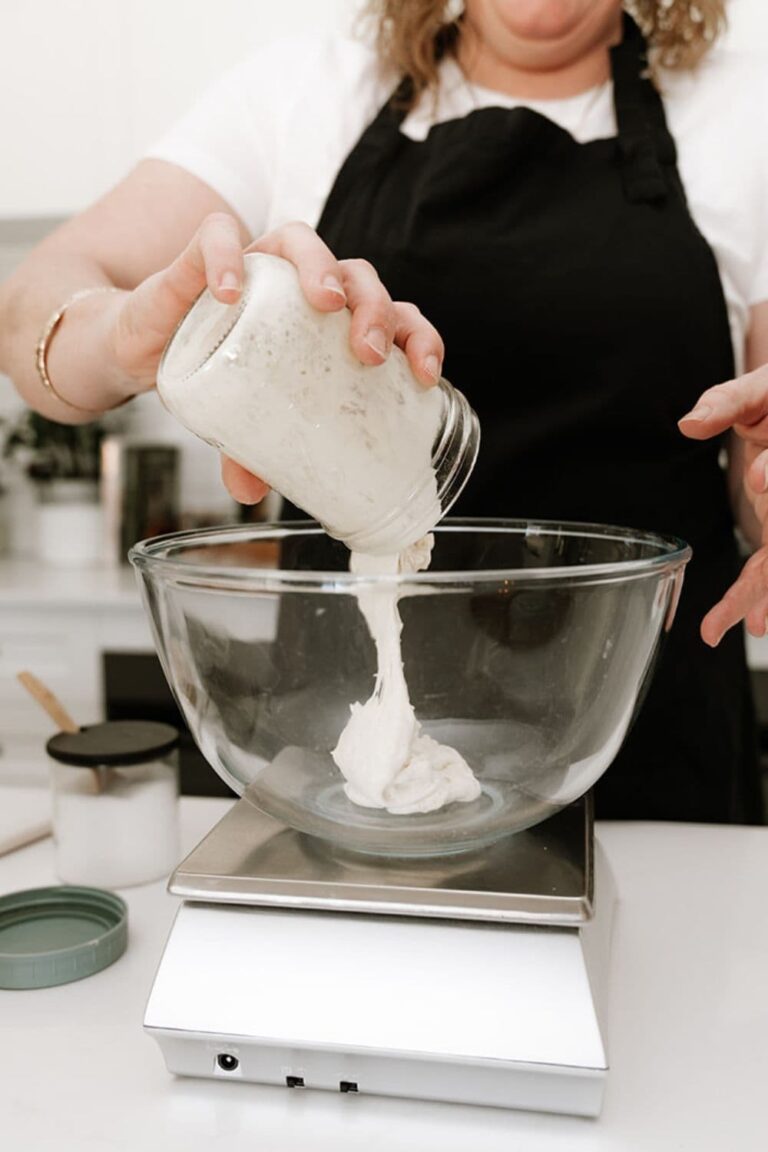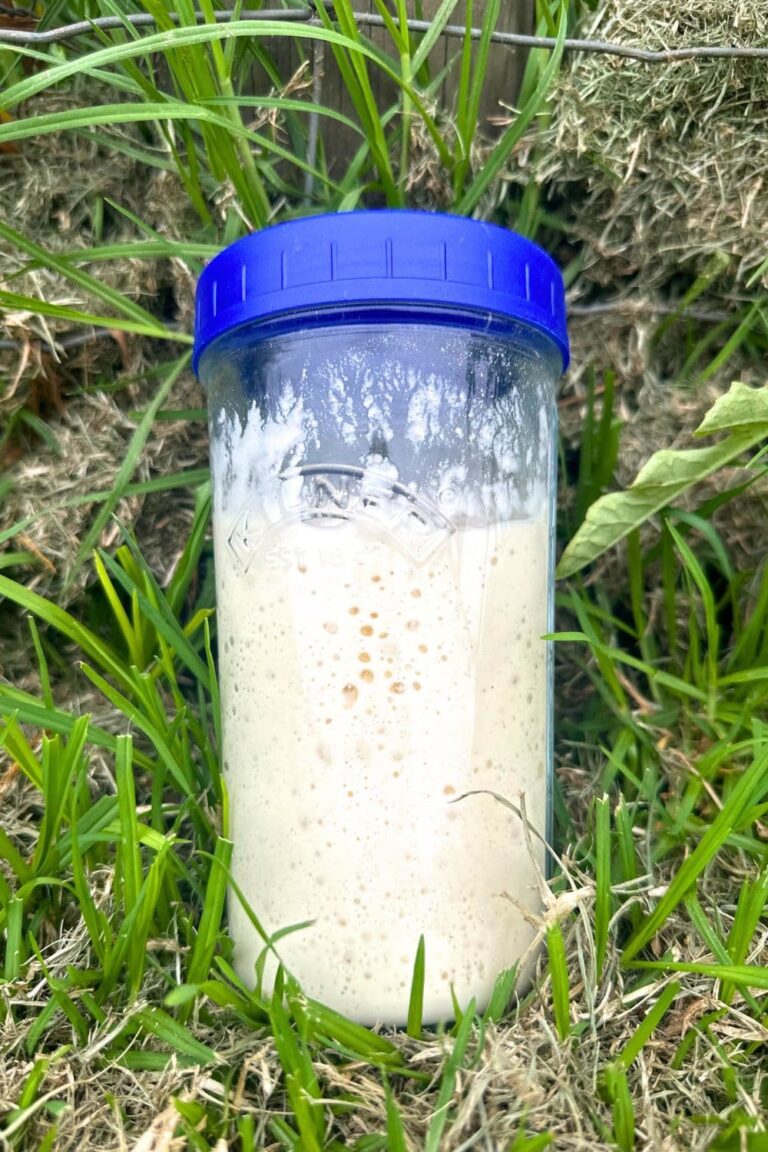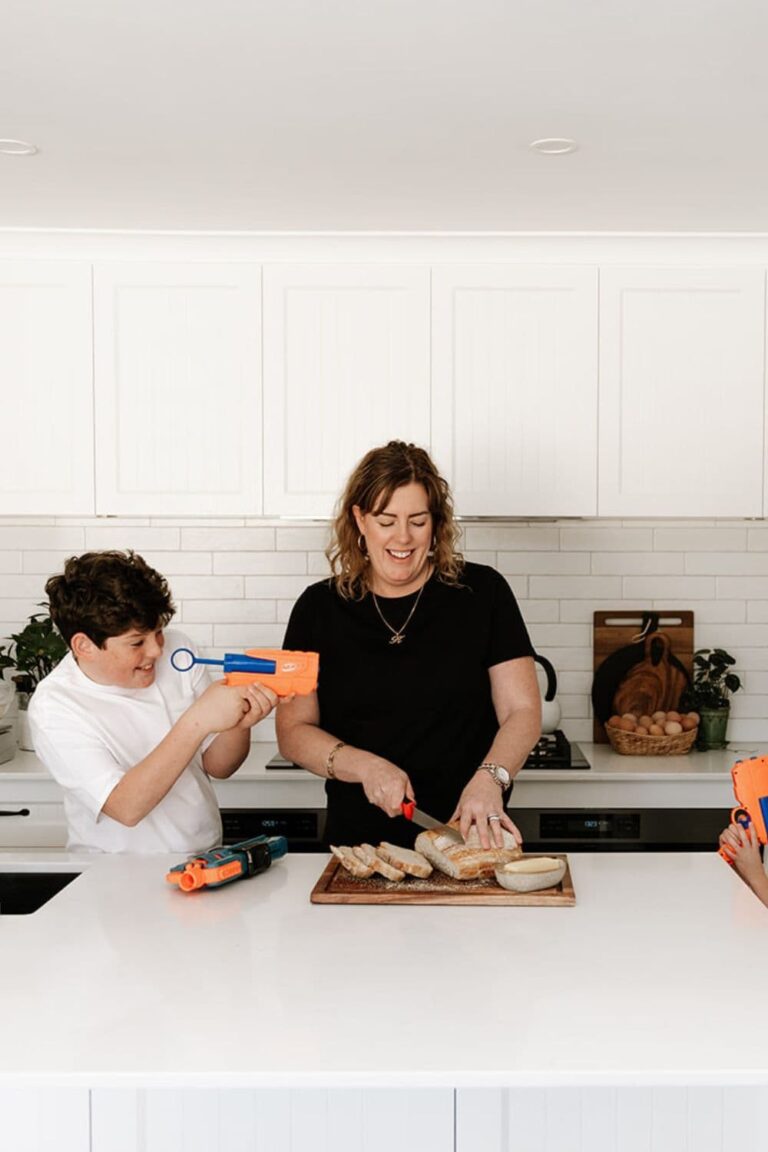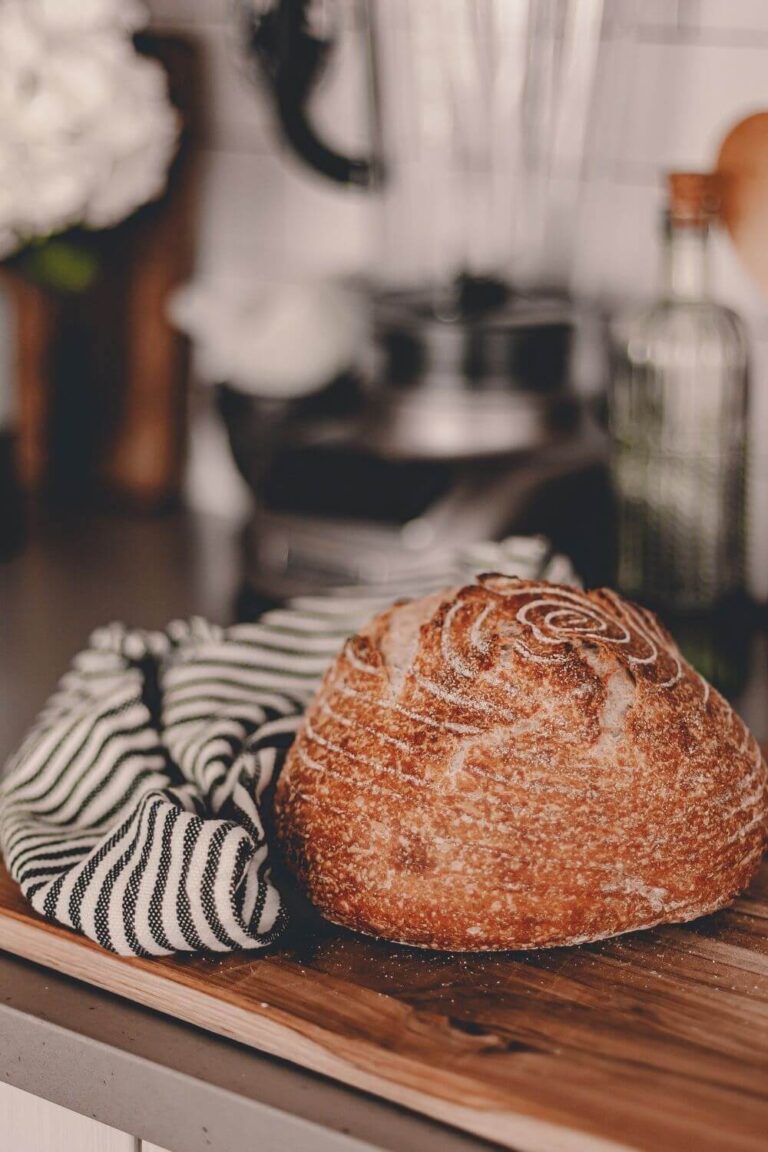10 Things That Will Improve Your Sourdough Bread Making TODAY!
This post may contain affiliate links.
If you've ever wanted to improve your sourdough bread making, then you're going to love these 11 tips to help you improve your sourdough bread baking today!
Baking your own sourdough bread is such a rewarding skill to learn. There is no better smell than fresh sourdough coming out of the oven! It's absolute heaven.
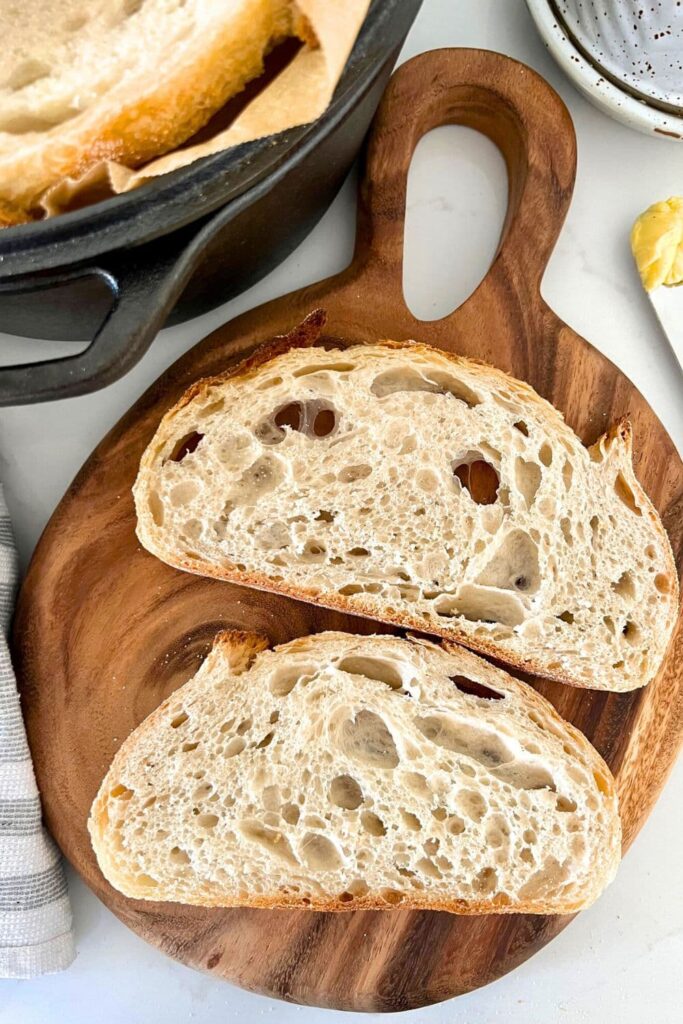
Baking sourdough can be difficult because unlike using commercial yeast to rise the bread, you're relying on naturally occurring wild yeasts and bacteria to do the job.
These naturally occurring yeasts and bacteria don't work as quickly as commercial yeasts - and each starter seems to have it's own unique traits and behaviours. Learning those traits and behaviors will help to improve your sourdough bread making immensely.
Every single bake is an opportunity to learn something new and improve your sourdough baking skills. In every loaf there's a lesson!
Take Charge of Your Starter!
Don't let your starter run your life! You're in charge! Despite what many people think, sourdough starters are actually quite resilient! Unless you suspect mold in your sourdough starter, don't throw it away and start again!
You can easily manipulate your sourdough starter to be ready when you need it. Experiment with your sourdough starter and play around with the ratios you feed it. The more flour and water you add, the longer your starter will take to reach it's bubbly peak.
You can use this guide to the best time to use sourdough starter to help you understand when your starter is at its peak.
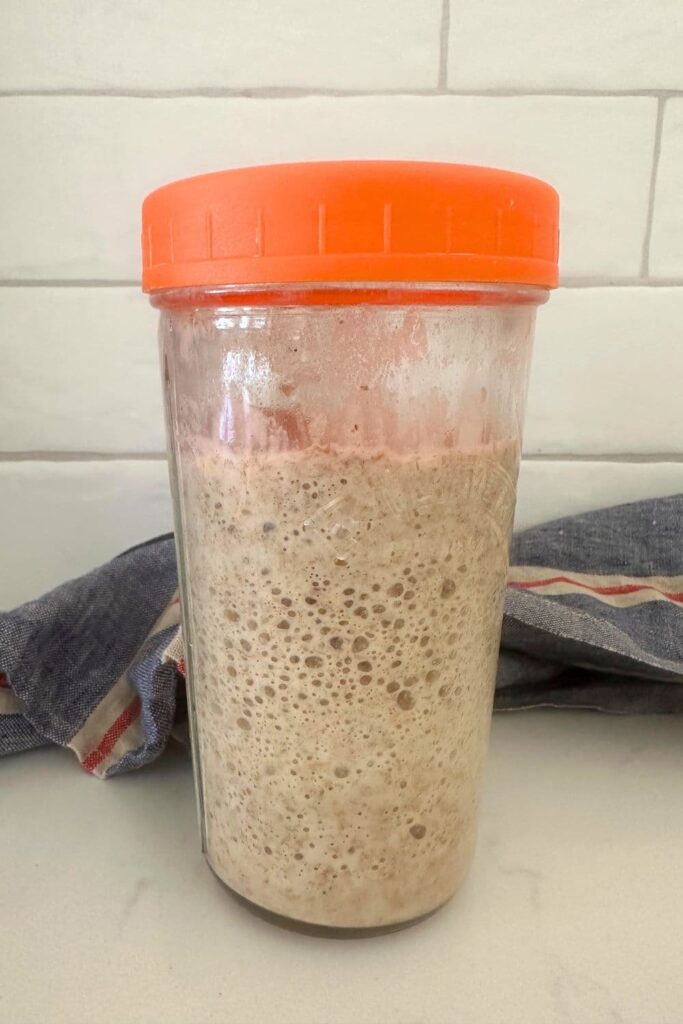
Make Time Your Friend
If there's one word I've said a lot since I've been helping people learn how to bake sourdough, it's patience. And while it's not always what people want to hear, it's true - patience is the key to baking good sourdough.
You need patience to let your starter develop and mature. Patience to let the good bacteria in your starter win over the bad.
Patience to develop the gluten, learning how long to let it bulk ferment for without letting it go over. Patience while you watch the timer tick until you can open the lid of your Dutch Oven.
It's hard! But if you can have a little bit of patience, you will be rewarded with better sourdough bread, I promise! Just make time your friend.
Temperature Should Be Listed As An Ingredient
Temperature is so important to the entire sourdough process, it really should be listed as an ingredient. Understanding the role of temperature is vital to improving your sourdough bread making.
The thing is, the ambient temperature of your kitchen can make or break your sourdough. Even when you're building your sourdough starter, temperature is important - too cold and it will take forever! Too warm and you'll be forever feeding your hungry yeast. You can find tips for keeping your sourdough starter warm here.
When following a recipe for sourdough bread, you need to adjust it to suit your kitchen's own ambient temperature. Bulk fermentation happens very quickly in a warm environment (anything over 24C).
And if your temperature is too cold, bulk fermentation will take days. You need to work with the temperatures you have, or find a way to manipulate them.
The Amount of Sourdough Starter You Use Matters
Have you noticed that some recipes have a large amount of starter, whereas others use a smaller amount? Well, that amount matters. It's not a random number that has been plucked from thin air.
If you use a smaller amount (say 50g of starter to 500g of flour) it means your starter is 10% of the overall mix in Baker's Percentage. If you added 200g of starter instead, it would be 40%.
The reason it matters is that a dough with only 10% of starter will ferment more slowly than a dough with 40% of starter. When doing your bulk fermentation, think about how much starter you're working with and how this might affect the timing of your bulk ferment. It might just help you to avoid overproofing your dough.
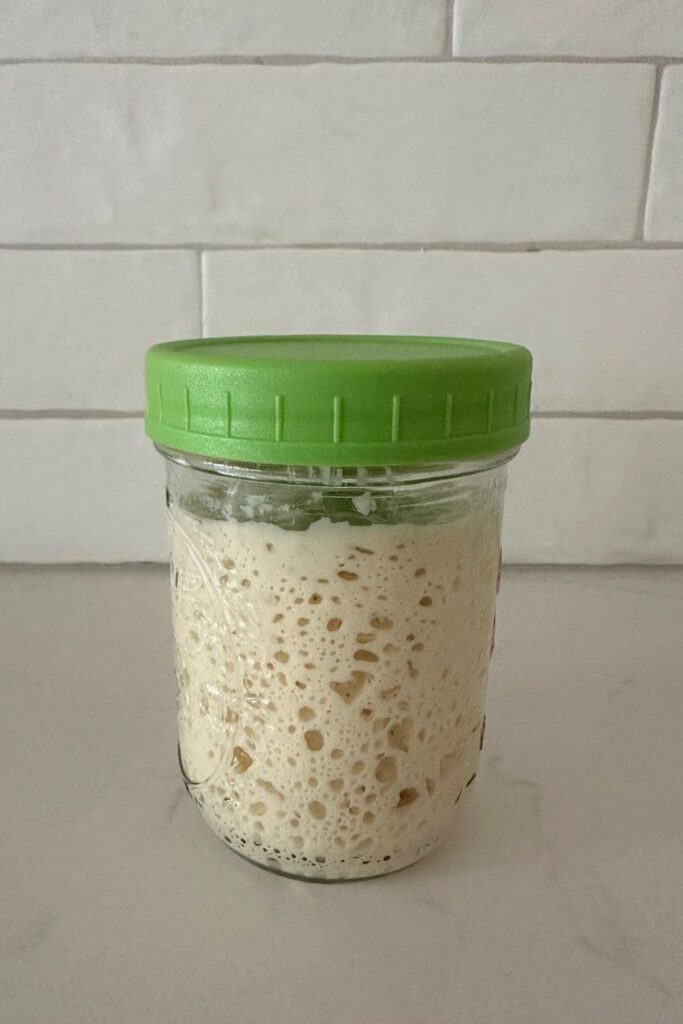
Don't Mix Your Sourdough in a Huge Bowl
When you're doing your initial mix and into your bulk ferment, you don't want to place your dough into a huge bowl. Why? Because you only want the dough to double, nothing more. Even just under double if you don't want to risk over fermentation.
If you have a huge bowl, it's much harder to tell whether your dough has doubled and your risk overproofing and losing your oven spring.
Put your dough in a smaller bowl for bulk ferment, and you're more likely to notice the rise. A glass mixing bowl is amazing for mixing your sourdough because it allows you to see what's happening underneath. A cambro container is also a really handy piece of kit.
The same goes for your starter - putting it in a smaller jar will help you to notice the rise and fall more easily than if you use a large jar. Check out the best jars for sourdough starter here.
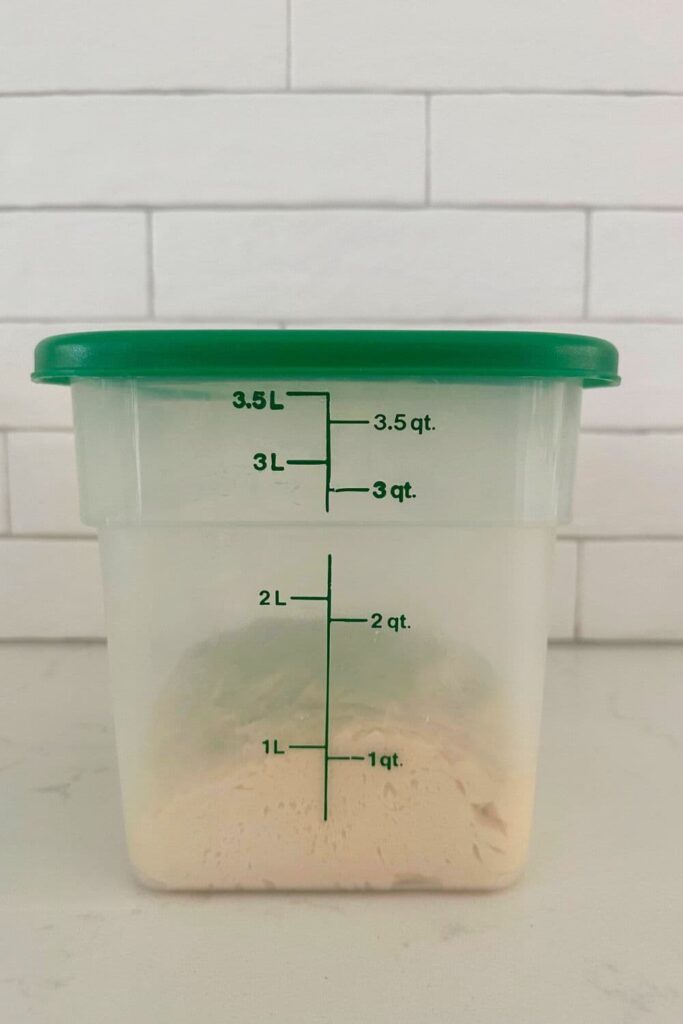
Stop Burning The Base of Your Sourdough
No one wants the base of their sourdough loaf to burn, but it does happen sometimes. Given the high heat that sourdough is baked at, it's not surprising that sometimes the base gets a little overdone!
To stop burning the base of your sourdough, place a tray on the rack underneath your Dutch Oven.
You'll also find lots of other tips and tricks to stop burning the base of your sourdough here.
The Score Matters!
Scoring your dough is essential. It helps you to control how your dough behaves when it hits the oven and done correctly, can improve your oven spring.
Decorative scoring is certainly trending right now, but for the best chance at great oven spring, score your dough deeper and only once or twice.
Correct scoring is also crucial to achieve the perfect ear. The photo below shows a double ear, created by an intentional score down the centre of the loaf.
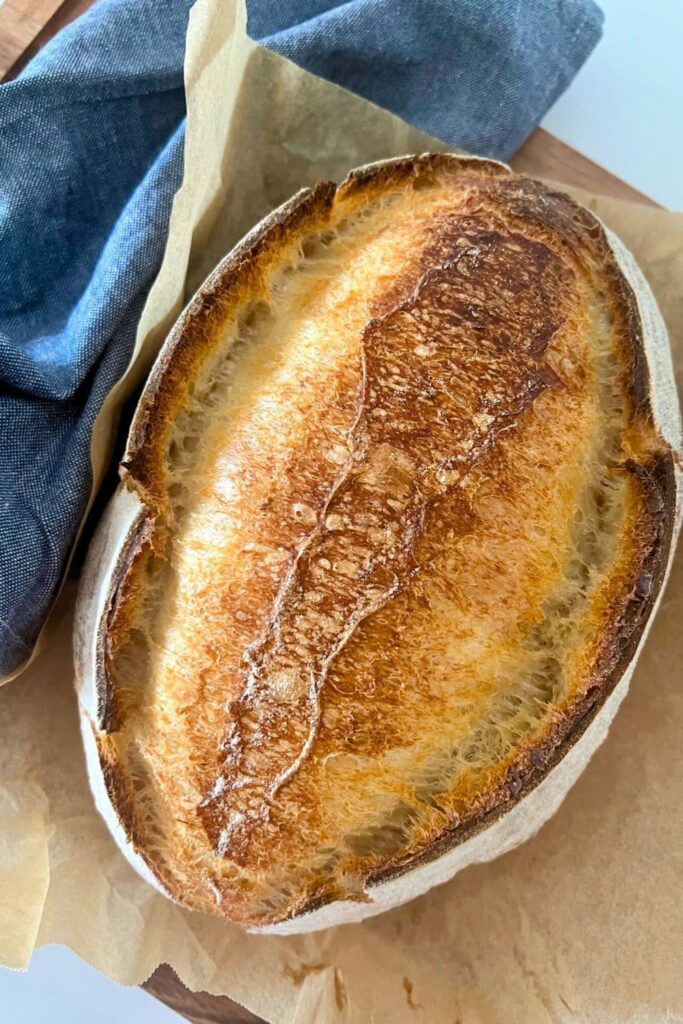
Rice Flour Is Like Teflon To Your Dough
Rice Flour is your best friend when it comes to sourdough bread making. Why? Because rice flour does not contain any gluten, so it will not stick to your dough.
It's the perfect flour to use to line your banneton. If you're using a dish towel in a bowl, make sure you really rub the rice flour into the cloth before placing your dough on top.
Semolina is also a useful flour when baking sourdough and will prevent your dough from sticking (it's also really handy for making sourdough pizza bases).
You easily make your own rice flour by grinding white rice in a high powered food processor like a Thermomix or Vitamix. You'll need to make sure that you grind it super fine, like powder though for it to be effective.
If Shaping Isn't Working ... Use A Loaf Pan
If you're finding shaping your dough difficult, or you just want a simpler method, consider using a loaf pan to bake your sourdough bread. This also makes your sourdough much easier to slice and fit in the toaster too!
Using a loaf pan is also a handy solution if your sourdough is quite wet and sticky.
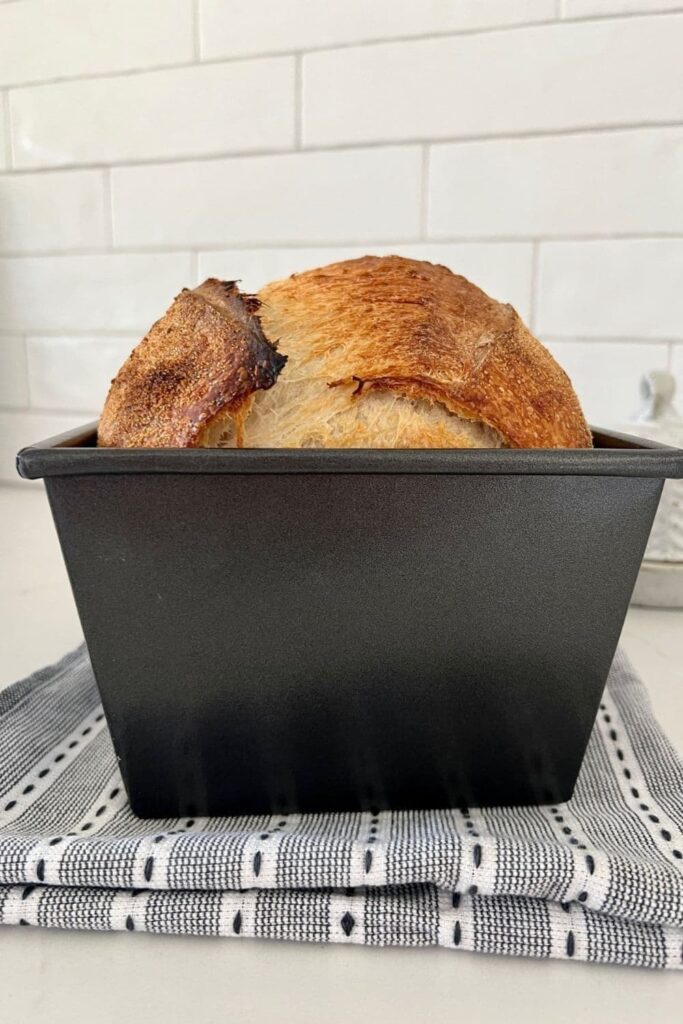
Cool Your Bread In The Oven With The Door Ajar
It can be hard to know when your sourdough is cooked through. You can see the outside, but until you cut your sourdough, you have no idea whether it's cooked through ... and once you've cut it, it's too late!
Once your sourdough has come to the end of it's cooking time, take it out of the Dutch Oven and turn the oven off. Pop it back into the oven on the rack and leave your oven door ajar. Try to leave it there for about an hour. Then place it on a wire rack outside the oven to cool completely before you cut it.
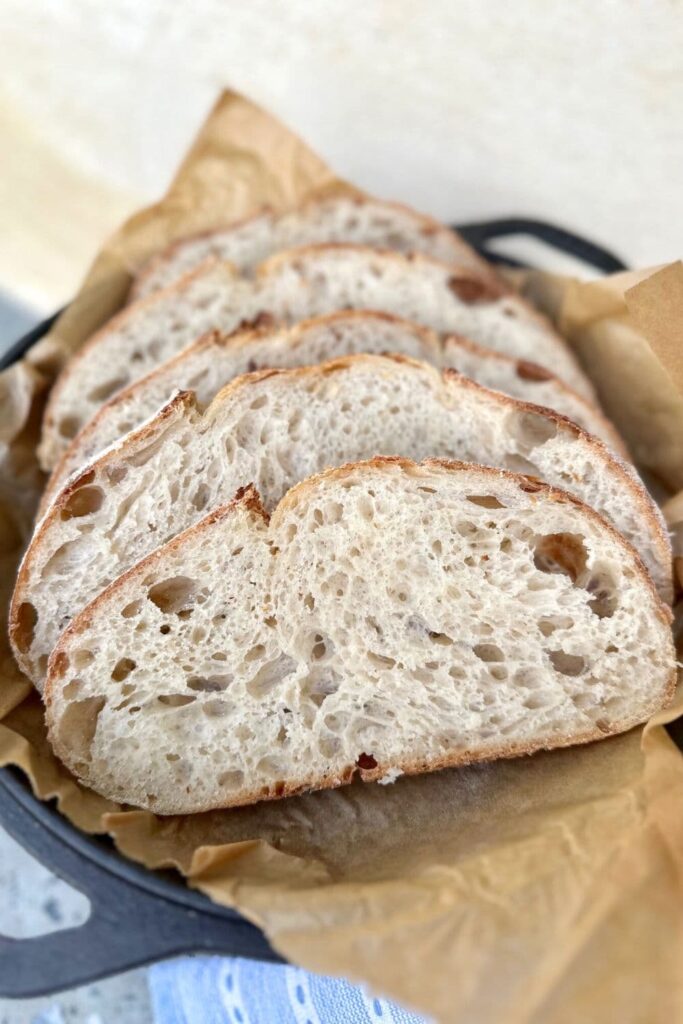
I hope these 10 tips help you to improve your sourdough bread making and help you bake the sourdough of your dreams! Remember, stick to using one method of baking sourdough and don't change more than variable at a time so you can keep track of what is actually working!


